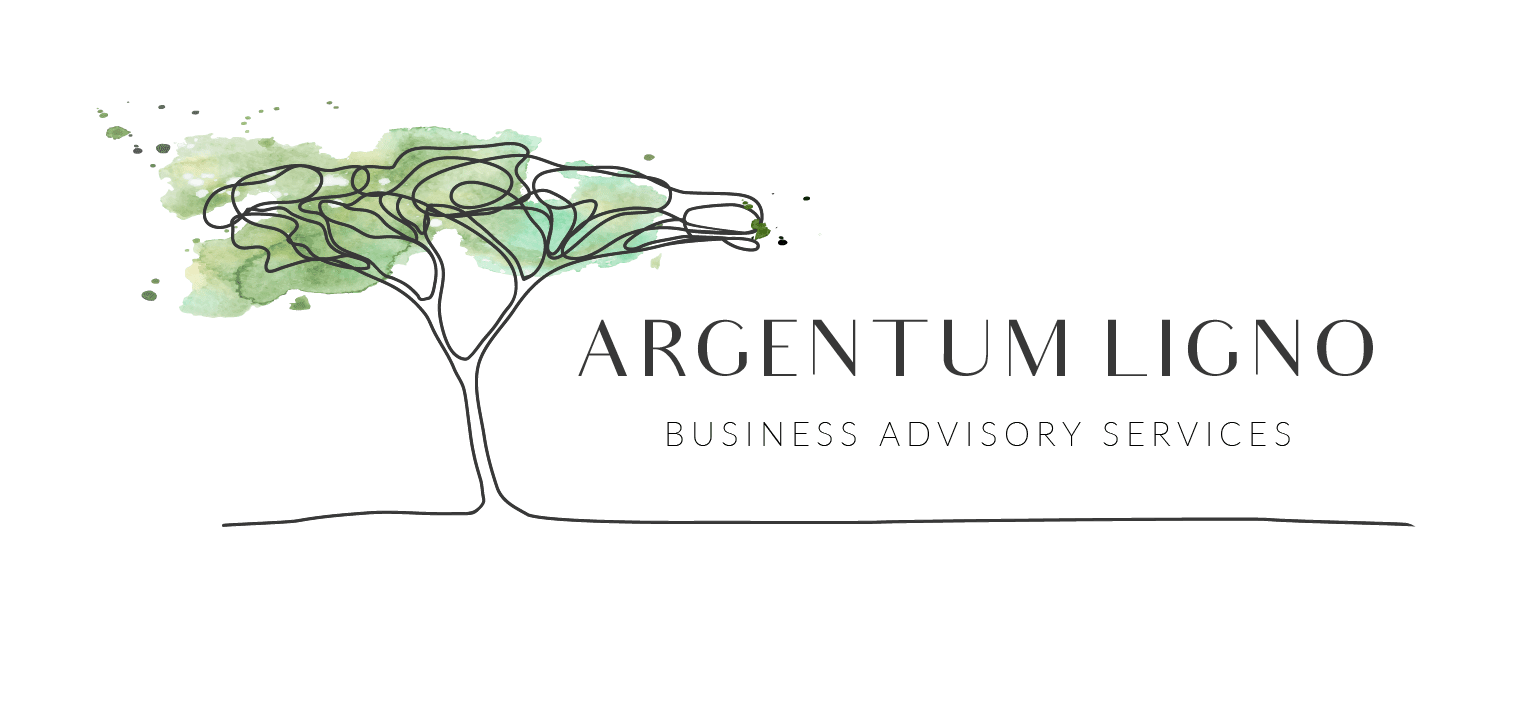
Stakeholder Management at Argentumligno
What is Stakeholder Management?
Stakeholder management is the systematic identification, analysis, planning, and implementation of actions designed to engage with stakeholders.

What is a Stakeholder
Stakeholders are individuals or groups with an interest in the organization, project, or portfolio. They have an involvement in the work or are impacted by the outcomes.
Most organizations and projects have a variety of stakeholders with different, and sometimes competing, interests. Influence over the eventual success or failure of the work generally comes down to the individuals and groups involved.
There are four main steps involved in stakeholder management.
These are techniques that harness the positive influences and minimize the effects of negative influences.
- Identify stakeholders
- Assess their interest and influence
- Develop communication management plans
- Engage and influence stakeholders
By conducting research, interviews, brainstorming, checklists, lessons learned, and so on, we can identify the stakeholders. Stakeholder maps can be used to categorize the stakeholders and their areas of interest.
What are the four types of stakeholders
- Owners, shareholders, and customers
- Individuals, and groups performing the work
- Individuals, and groups affected by the work
- Statutory and regulatory bodies
To classify each stakeholder according to the potential impact we use a simple matrix that estimates interest and influence and categorizes it as low/medium/high.
Questions to consider when assessing stakeholders are:
- How will they be impacted by the work?
- Will they be supportive, negative, or undecided?
- What are their expectations and how can these be managed?
- Who and/or what influences the stakeholder’s view of the project?
- Who will manage the stakeholders and why?
Once the analysis is completed it is then used to develop a communication management plan. You can then define strategies and actions to engage with stakeholders in different parts of the matrix.
Communication is critical to the success of an organization or project. Communications with stakeholders who are inherently positive about the work will be different from those with stakeholders who are negative. Equally, stakeholders who have high levels of interest and influence will be managed differently from those with stakeholders of low interest and influence.
It’s critical to effectively select those that are required to engage with each stakeholder. In addition to board members and executive managers, it is useful to call upon peers, senior managers, or others who may be better placed. Relationships can make or break a project and an organization.
This is a dynamic document. Therefore, the communication management plan must link to other plans such as the strategic plan, risk management plan, and 90-day priority plan within the schedule.
At Argentum Ligno we pride ourselves on providing exceptional stakeholder management. Kristian’s specialization is a third-party perspective and objectivity. We help our clients navigate the often-treacherous complexities of change, new proposals, new products, and market expansions. We have client records that clearly articulate smoother transition, minimal (if any) disruption, and strong implementation.

